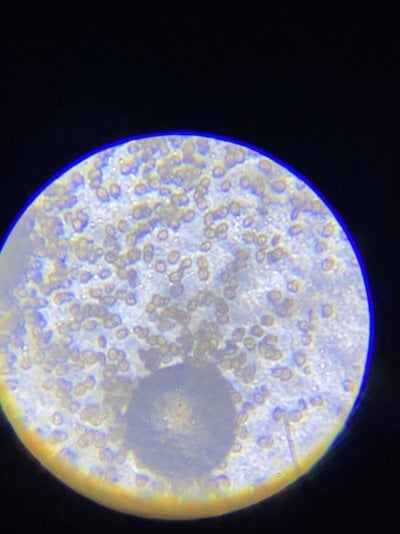Yeah, I have no doubt this is ostreopsis now.Thank Scott. I think the shape was confusing because of how the slide was lit (from above the slide rather than below the slide). It seems that when top lit, the theca and sesame seed-shape is much harder to see. Here are the same cells lit from the bottom.

Here is a video with bottom lighting as well, and the cell shape is much more consistent with Ostreopsis.
I cover everything you need to treat these in this article, in case you haven't seen it, but a large UV is your friend now.

A Dinoflagellate Treatment Guide
As the title suggests, this is intended as a short guide on what to do when you suspect dinoflagellates are trying to overtake your system. It is an attempt to boil down the protocols discussed across 11,000 posts in this "Are you Tired" thread along with thousands of other dino threads. I did...
 www.reef2reef.com
www.reef2reef.com




















